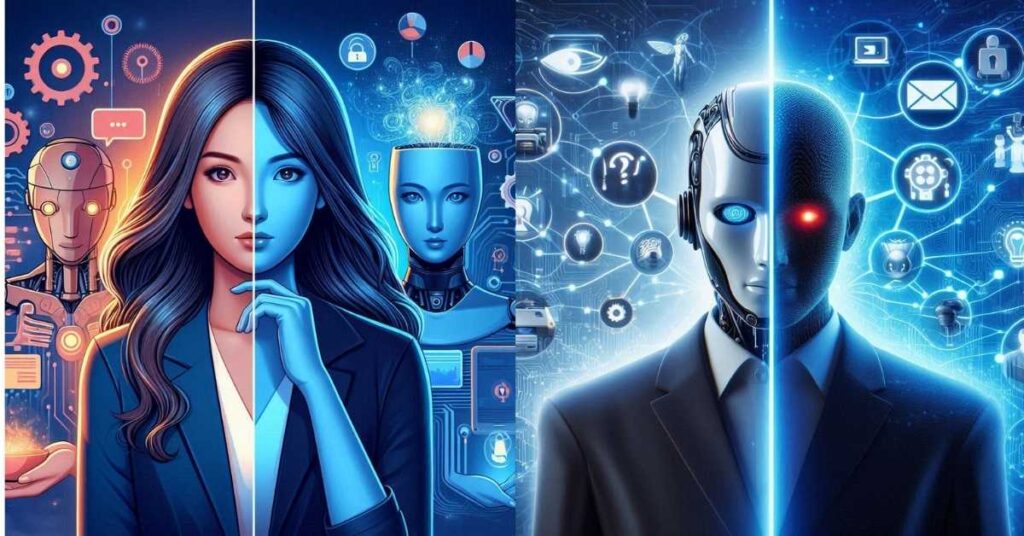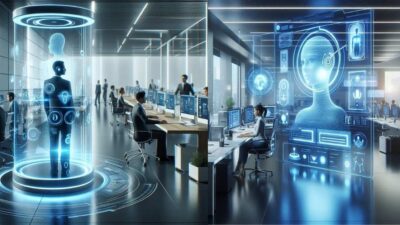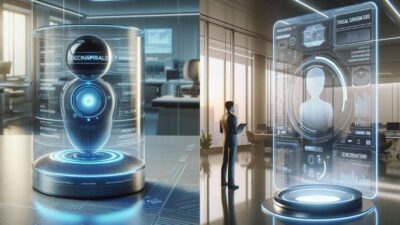
The debate between AI vs human agents isn’t just about technology versus humanity, it’s about value. Businesses today are caught in a tug-of-war between cutting costs and preserving the irreplaceable nuances of human interaction. But when it comes to return on investment (ROI), which approach truly wins? Let’s break it down without the jargon or hype.
The Cost Conundrum: Upfront Spend vs. Long-Term Savings
AI-powered systems, like chatbots or automated customer service platforms, require significant upfront investment. Development, integration, and training can cost thousands, depending on complexity. For instance, a custom AI solution for handling customer inquiries might run between 20,000to20,000to100,000 initially. However, once operational, these systems scale effortlessly, handling millions of interactions at a marginal cost. Companies like Bank of America report saving over $2 million annually by deploying AI-driven virtual assistants.
Human agents, on the other hand, come with recurring expenses: salaries, benefits, training, and infrastructure. The average U.S. customer service representative earns about $36,000 annually, not including turnover costs, which can spike expenses by up to 33%. While humans excel in empathy and adaptability, their financial footprint grows with demand.
Scalability: Can Humans Keep Up?
AI’s ability to handle infinite interactions simultaneously is its superpower. During peak seasons or viral moments, automation ensures no customer slips through the cracks. Take Uber, which uses AI to manage 20 million rides, requests a daily, a number impossible for human teams to process in real time.
But humans aren’t obsolete. Complex issues—like resolving billing disputes or negotiating contracts—often require emotional intelligence and creative problem-solving. A Salesforce study found that 64% of consumers prefer human agents for sensitive matters, valuing trust and personal connection.
Customer Experience: Speed vs. Satisfaction
AI thrives on efficiency. Chatbots answer queries in seconds, and machine learning algorithms personalize recommendations (think Netflix’s “Top Picks”). For routine tasks—password resets, tracking orders—automation is unmatched.
Yet, human agents still dominate in satisfaction metrics. A Forbes report revealed that 75% of customers spend more with companies offering personalized service, something AI struggles to replicate authentically. Ever tried venting to a bot about a delayed flight? Exactly.
The Hybrid Model: Best of Both Worlds
Forward-thinking companies blend AI and human talent. For example, Zappos uses bots to handle simple requests but seamlessly escalates frustrated customers to human reps. This approach slashes costs while preserving loyalty.
| Factor | AI | Human Agents |
| Cost Efficiency | High upfront, low long-term | Consistent, variable long-term |
| Availability | 24/7, instant responses | Limited by shifts, time zones |
| Emotional IQ | Basic empathy (scripted) | Deep understanding, adaptability |
| Complex Issues | Struggles with ambiguity | Excels in nuanced problem-solving |
The Verdict: Context Is King
AI delivers unbeatable ROI for high-volume, repetitive tasks. But in industries where relationships drive revenue—luxury retail, healthcare, legal services—human agents remain indispensable. The key is auditing your business needs: Are you optimizing for speed, cost, or loyalty?
For example, a startup scaling rapidly might prioritize AI to manage growth, while a boutique hotel chain could invest in staff training to elevate guest experiences.
Ready to upgrade? Start with a free trial of Salesix AI and see the difference AI can make.




